#Herter Brothers
Text
Herter Brothers, library table, 1882
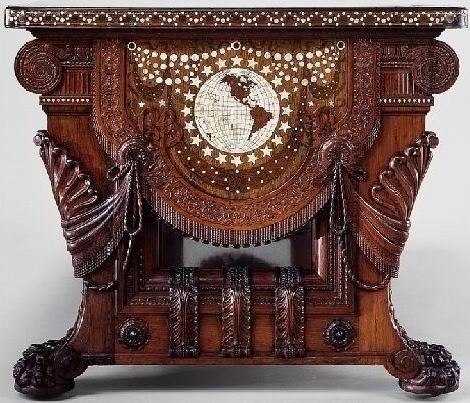
2 notes
·
View notes
Photo
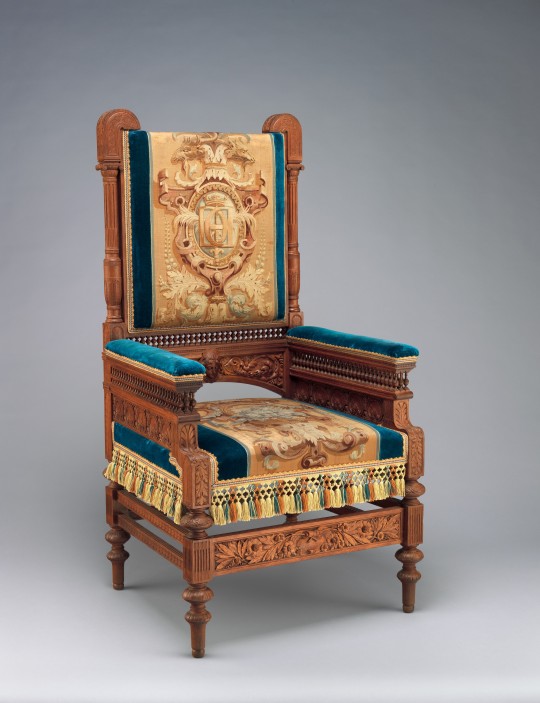




Armchair
c.1875-1876
Pottier and Stymus Manufacturing Company
This armchair, along with a matching side chair and cabinet, was made for Pottier and Stymus’ display at the 1876 Centennial International Exhibition in Philadelphia. This seminal event offered unprecedented exposure to potential patrons and sparked the nation’s preference for the Aesthetic style. Founding partner Auguste Pottier then donated the pieces to the Metropolitan Museum as examples of distinguished contemporary craftsmanship.
During the late 1870s and early 1880s, New York City emerged as the center for the production of luxury furniture, interior woodwork, and decoration. Companies including George A. Schastey & Co., Herter Brothers, Pottier and Stymus Manufacturing Company, and Herts Brothers flourished during this period of unparalleled financial growth. With showrooms and manufactories located in the city’s thriving commercial district at Union Square, they received commissions from wealthy financiers and railroad magnates in New York City and across the country for custom-made furnishings. These full-service firms depended on the skills of highly trained émigré craftsmen, many of whom had fled political strife and economic hardship in regions that compose modern-day France and Germany.
The MET (Accession Number: 88.10.3)
#armchair#fashion history#furniture#furnishings#1870s#gilded age#antique furniture#1877#1878#united states#up close#19th century#pottier and stymus#the met#this is insane
454 notes
·
View notes
Text

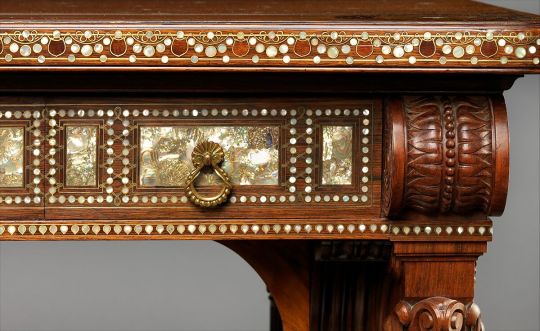

^The table to end all tables, right here^
Library Table. (ca. 1879-82). Herter Brothers.
2 notes
·
View notes
Text




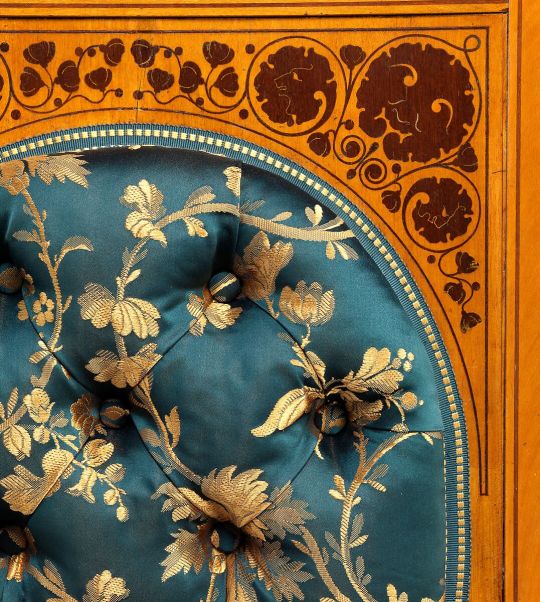
Side chair
In 1881, Arabella Worsham, then-mistress of railroad magnate Collis P. Huntington, hired George A. Schastey & Co. to decorate her townhouse at 4 West Fifty-Fourth Street in New York City. The resulting artistic interiors would have been considered the height of cosmopolitan style in the early 1880s and were emblematic of Worsham’s quest to fashion her identity as a wealthy, prominent woman of taste. When Worsham married Huntington in 1884, she sold the house, fully furnished, to John D. and Laura Spelman Rockefeller, who made few subsequent changes to the decorations. Following Mr. Rockefeller’s death, the house was demolished in 1938, yet some furnishings, large-scale architectural elements, and three interiors were preserved, and the rooms were donated to local museums by John D. Rockefeller Jr.
This side chair of satinwood and purpleheart, one of a pair, is part of the suite (2009.226.1–.4) that furnished Worsham’s elaborately decorated dressing room, one of the preserved interiors now installed in The American Wing (Gallery 742). These objects were part of a decorative program that encompassed every aspect of the room, including the architectural woodwork, lighting, stenciled wall-treatment, painted ceiling and frieze, textiles, and other furnishings. On the chair’s back, the marquetry decoration of grotesque masks and vines echoes the ornamental motifs in the dressing room’s architectural woodwork. The overall form is light and rectilinear. The tapered front legs with cascading bellflowers channel the spirit of English Neoclassical designers such as Robert Adam and George Hepplewhite. It rests on castors, allowing it to be moved easily within the room.
Although few objects can be attributed to George A. Schastey & Co., the high quality of their work – as seen in this fine example – was comparable to other prominent firms of the Gilded Age, including Herter Brothers and Pottier & Stymus. At its peak in the early 1880s, the firm employed at least 125 people in its workshops. Their distinctive designs are steeped in Renaissance sources with flourishes from the Islamic world and the British design reform movement.
Medium: Satinwood, purpleheart, brass castors, reproduction upholstery
Dimensions: Seat height: 20 1/4 (51.4 cm)
Front-to-back: 23 in. (58.4 cm)
Crest rail to floor: 36 7/8” (93.7 cm)
Seat front s/s: 19 ¼” (48.9 cm)
Seat back s/s:13 ½” (33 cm)
2 notes
·
View notes
Text
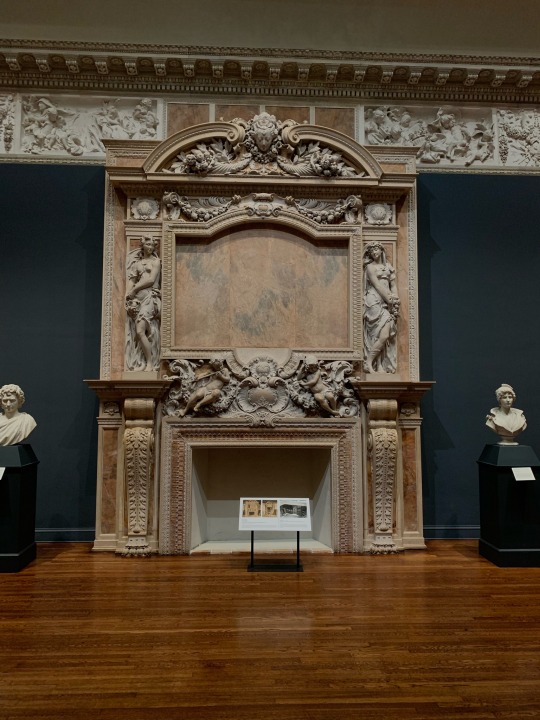


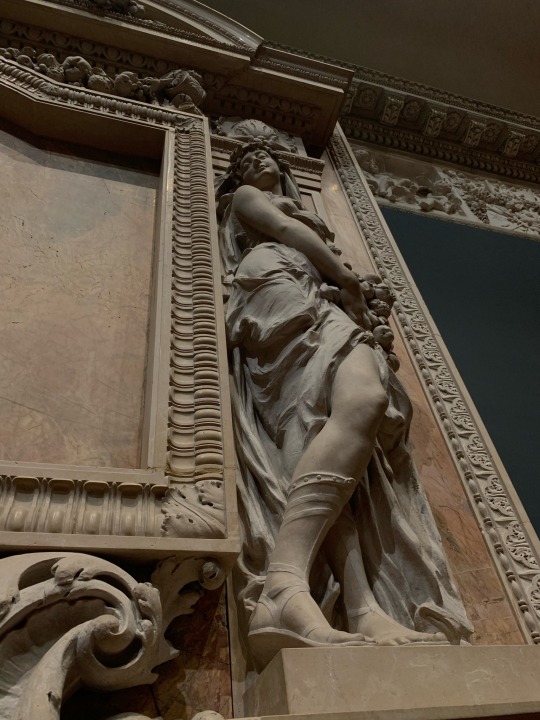

Fireplace and Door Surround from the Huntington Mansion by Francis Lathorp and the Herter Brothers



#Huntington mansion#mansion#fireplace#art#ringling museum#museum#art stuff#art appreciation#art study#art musuem#artistic#ringling#art history#1900s#architecture#interior design#new york
3 notes
·
View notes
Text
The Herter Brothers and Their Mark on the Gilded Age of American Design
The Herter Brothers, pioneers of American decorative arts, shaped the opulent Gilded Age aesthetic through integrated interior design and influential…The Herter Brothers and Their Mark on the Gilded Age of American Design

View On WordPress
0 notes
Text
Morscher bau projektmanagement handbuch
MORSCHER BAU PROJEKTMANAGEMENT HANDBUCH >> DOWNLOAD LINK
vk.cc/c7jKeU
MORSCHER BAU PROJEKTMANAGEMENT HANDBUCH >> READ ONLINE
bit.do/fSmfG
Das Bauhandbuch ist ein unverzichtbarer Ratgeber und ein Standardwerk für alle, Projektmanagement im Kommunalbau MORSCHER BAUM ODER ALTE HÜTTE. Bestandteil dieser Master-Weiterbildung waren das CAS Projektmanagement Bau, das CAS Kommunikation und Führung im Bauwesen und das CAS Strategisches AutorInnen: Efa Doringer, Heinrich Hoffer, Marcel Morscher, Prozess, Schnittstellen- und Projektmanagement . bau“ verbinden. Moser, Peter; Alig, Claudio; Bau, Frank; Herter, Marc (2022): Digitale Michael; Pfundtner, Raimund (Hg.): Lexikon Qualitätsmanagement: Handbuch des Auflage; Kromp-Kolb, Helga: Praxishandbuch Sustainable Finance : Die Aktuelle Gesetze ArbeitnehmerInnenschutz Bau: früher "Aushangpflichtilge Gesetze". Digitales Praxismanagement · Projektmanagement · Strategy with Impact Bau.Tex · Turnea grischuna. Zurück; Turnea grischuna Turnea grischuna Topic Tag: und · Morscher bau und projektmanagement handbuch. Started by: odlskwx in: Eduma Forum · 1 · 1 · 3 years, 1 month ago · odlskwx.
https://wepiwalopux.tumblr.com/post/693648249127649280/pdr-9700-bedienungsanleitung-brother, https://fifekevom.tumblr.com/post/693648414427250688/kx-tu327-bedienungsanleitung-galaxy, https://xupohowawima.tumblr.com/post/693648745589587968/sharp-double-grill-r-671-bedienungsanleitung, https://xupohowawima.tumblr.com/post/693648871251918848/maxton-atlantis-ii-gps-bedienungsanleitung-target, https://wepiwalopux.tumblr.com/post/693648783468314624/dt596-bedienungsanleitung-panasonic.
0 notes
Photo
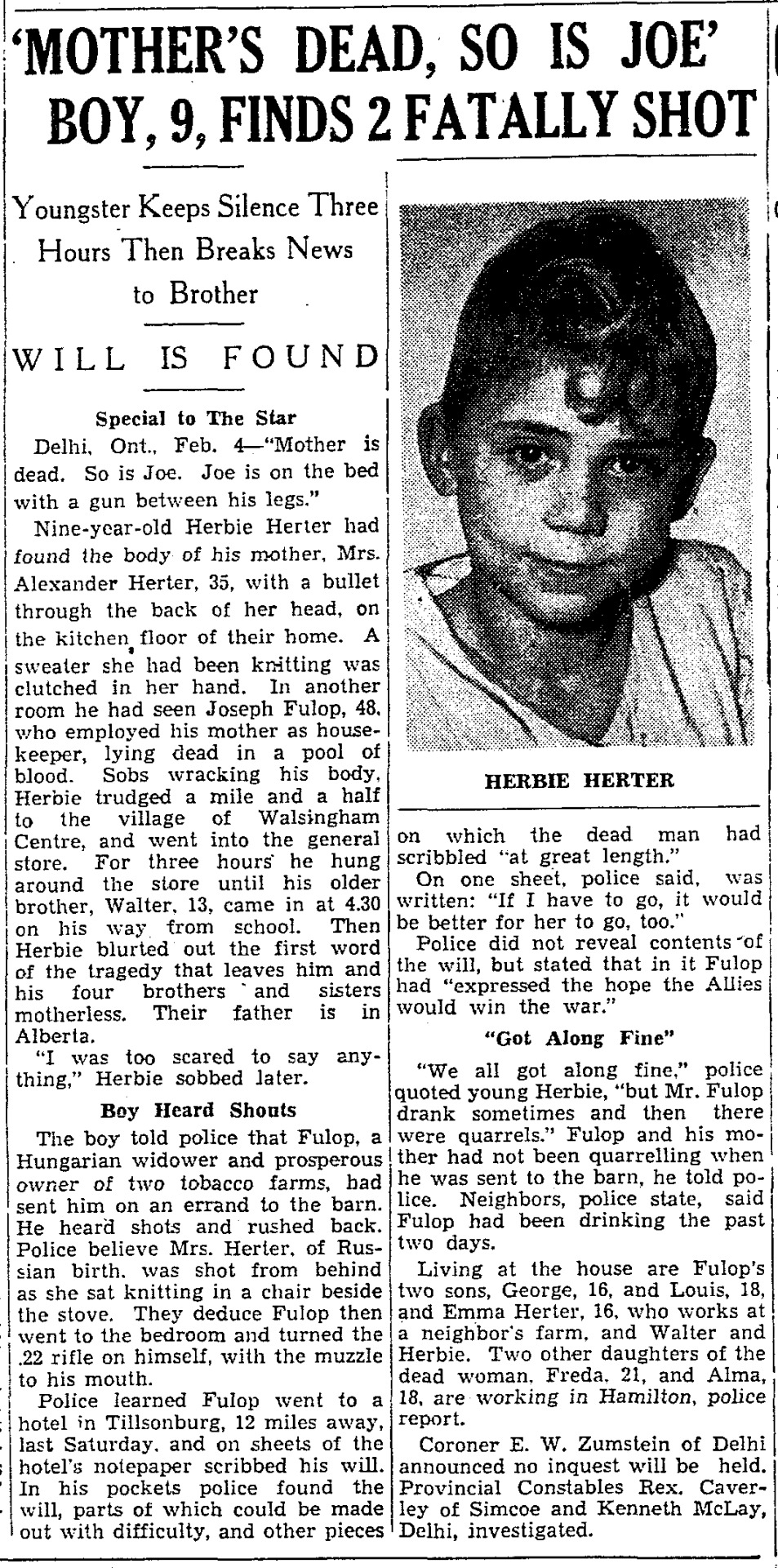
“‘Mother’s Dead, So Is Joe,’ Boy, 9, Finds 2 Fatally Shot,” Toronto Star. February 4, 1942. Page 3.
----
Youngster Keeps Silence Three Hours Then Breaks News to Brother
----
WILL IS FOUND
---
Special to The Star
Delhi, Ont., Feb. 4 - ‘Mother is dead. So is Joe. Joe is on the bed with a gun between his legs.’
Nine-year-old Herbie Herter had found the body of his mother, Mrs. Alexander Herter, 35, with a bullet through the back of her head, on the jitchen floor of their home. A sweater she had been knitting was clutched in her hand. In another room he had seen Joseph Fulop, 48, who employed his mother as housekeeper, lying dead in a pool of blood. Sobs wracking his body, Herbie trudged a mile and a half to the village of Walsingham Centre, and went into the general store. For three hours he hung around the store until his older brother, Walter, 13, came in at 4.30 on his way from school. Then Herbie blurted out the first word of the tragedy that leaves him and his four brothers and sisters motherless. Their father is in Alberta.
‘I was too scared to say anything,’ Herbie sobbed later.
Boy Heard Shouts
The boy told police that Fulop, a Hungarian widower and prosperous owner of two tobacco farms, had sent him on an errand to the barn. He heard shots and rushed back. Police believe Mrs. Hertier, of Russian birth, was shot from behind as she sat knitting in a chair beside the stove. They deduce Fulop than went to the bedroom and turned the .22 rifle on himself, with the muzzle to his mouth.
Police learned Fulop then went to a hotel in Tilsonburg, 12 miles away, last Saturday, and on sheets of the hotel’s notepaper scribbed his will. In his pockets police found the will, parts of which would be made out with difficulty, and other pieces on which the dead man had scribbled ‘at great length.’
On one sheet, police said, was written: ‘If I have to go, it would be better for her to go, too.’
Police did not reveal contents of the will, but stated that in it Fulop had ‘expressed the hope the Allies would win the war.’
‘Got Along Fire’
‘We all got along fine,’ police quoted young Herbie, ‘but Mr. Fulop drank sometimes and then there were quarrels.’ Fulop and his mother had not been quarrelling when he was sent to the barn, he told police. Neighbors, police state, said Fulop had been drinking the past two days.
Living at the house are Fulop’s two sons, George, 16, and Louis, 18, and Emma Hertier, 16, who works at a neighbor’s farm, and Walter and Herbie. Two other daughters of the dead woman, Freda, 21, and Alma, 18, are working in Hamilton police report.
Coroner E. W. Zumstein of Delhi announced no inquest will be held. Provincial Constables Rex. Caverley of Simcoe and Kenneth McLay, Delhi, investigated.
#delhi ontario#tilsonburg#murder#murder investigation#rural crime#rural canada#tobacco#tobacco farm#tobacco growing#farming in canada#murder suicide#hungarian canadians#hungarian immigration to canada#russian canadians#russian immigration to canada#canada during world war 2#crime and punishment in canada#history of crime and punishment in canada
0 notes
Text

Secretary from the Jay Gould House, New York City 1882, Herter Brothers, On view at The Met Fifth Avenue in Gallery 774
Herter Brothers, one of the premiere cabinetmaking operations in New York City, made this desk in 1882 for the Fifth Avenue home of the New York financier Jay Gould (1836–1892). Gould commissioned the desk as a gift for his wife, Helen, to match their existing bedroom suite, also by Herter Brothers. This desk is a sophisticated example of Herter Brothers’ high Aesthetic design. The exuberant golden marquetry against the glossy black surface illustrates the influence of Eastern lacquerware, which strongly informed the Anglo-Japanese style popular during the period. The desk also acknowledges the eclecticism of contemporary design through its use of an eighteenth-century form, the fall-front secretary. It was constructed, however, in a simplified Eastlake, or reform, style and adorned with a symmetrical, stylized floral motif rooted in Near Eastern sources. The combination of these elements results in a piece true to the design tenets of the Aesthetic Movement.
#aesthetic movement#herter brothers#art nouveau#american design#furniture#wood inlay#desk#secretary#fall-front secretary#writing bureau#japonisme
27 notes
·
View notes
Text

The Great Organ at Methuen Memorial Hall. America's first concert pipe organ, built in Ludwigsburg, Germany 1857-1863 by E. F. Walcker and Company. Survived 3 month's sailing in ships through Atlantic gales, and threat of confederate sinking in Boston Harbor at the height of the American Civil War. Installed in Boston's Music Hall, onstage. When the Boston Symphony was founded in 1881, floorspace onstage was needed and in 1884, the organ was moved to storage. It was eventually purchased by Edward F. Searles for $1500., and built this cathedral-style hall to house the instrument in 1909. Henry Vaughan, who designed hall, also was one of the architects of Washinton's National Cathedral. Casework by interior designers for the fabulously wealthy, Herter Brothers of New York. Ernest M. Skinner, noted organ builder, purchased the Hall for $10,000 in 1930 following Searles death. Famous organists Marcel Dupre and E. Power Biggs played it, and it still is used today. 6, 088 pipes, 116 ranks, 4 manuals, 5 divisions, 85 stops. Casework in Old Growth Black Walnut.
#Pipe Organ#Walcker#The Great Organ#Methuen#Massachusetts#Boston Symphony#E. M. Skinner#Architecture#Design#Herter Brothers#Henry Vaughan#Architect#American History#Edward F. Searles#E. F. Walcker#1857-1863#Ludwigsburg#Germany
4 notes
·
View notes
Text

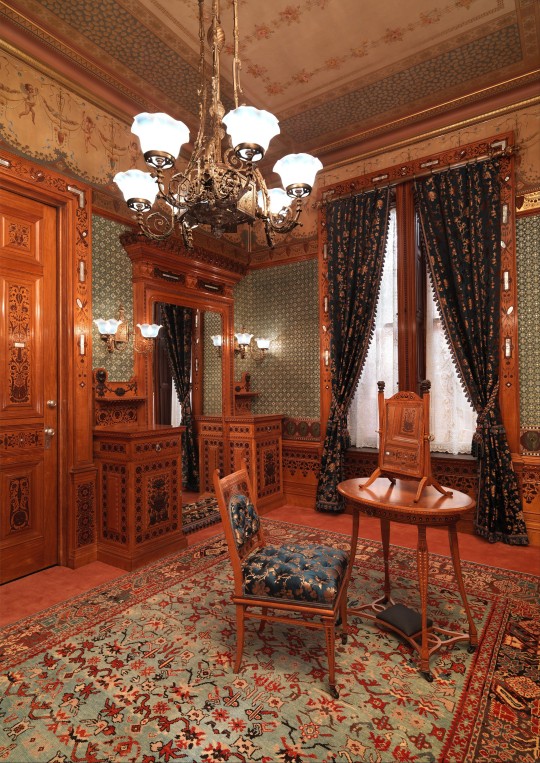
Side Chair from the Worsham-Rockefeller Dressing Room
1881-1882
George A. Schastey & Co.
In 1881, Arabella Worsham, then-mistress of railroad magnate Collis P. Huntington, hired George A. Schastey & Co. to decorate her townhouse at 4 West Fifty-Fourth Street in New York City. The resulting artistic interiors would have been considered the height of cosmopolitan style in the early 1880s and were emblematic of Worsham’s quest to fashion her identity as a wealthy, prominent woman of taste. When Worsham married Huntington in 1884, she sold the house, fully furnished, to John D. and Laura Spelman Rockefeller, who made few subsequent changes to the decorations. Following Mr. Rockefeller’s death, the house was demolished in 1938, yet some furnishings, large-scale architectural elements, and three interiors were preserved, and the rooms were donated to local museums by John D. Rockefeller Jr.
This side chair of satinwood and purpleheart, one of a pair, is part of the suite (2009.226.1–.4) that furnished Worsham’s elaborately decorated dressing room, one of the preserved interiors now installed in The American Wing (Gallery 742). These objects were part of a decorative program that encompassed every aspect of the room, including the architectural woodwork, lighting, stenciled wall-treatment, painted ceiling and frieze, textiles, and other furnishings. On the chair’s back, the marquetry decoration of grotesque masks and vines echoes the ornamental motifs in the dressing room’s architectural woodwork. The overall form is light and rectilinear. The tapered front legs with cascading bellflowers channel the spirit of English Neoclassical designers such as Robert Adam and George Hepplewhite. It rests on castors, allowing it to be moved easily within the room.
Although few objects can be attributed to George A. Schastey & Co., the high quality of their work – as seen in this fine example – was comparable to other prominent firms of the Gilded Age, including Herter Brothers and Pottier & Stymus. At its peak in the early 1880s, the firm employed at least 125 people in its workshops. Their distinctive designs are steeped in Renaissance sources with flourishes from the Islamic world and the British design reform movement.
The MET (Accession Number: 2009.226.3)
#side chair#furniture#furnishings#1880s#gilded age#19th century#rockefeller#huntington#1881#1882#antique furniture#united states#the met
215 notes
·
View notes
Photo
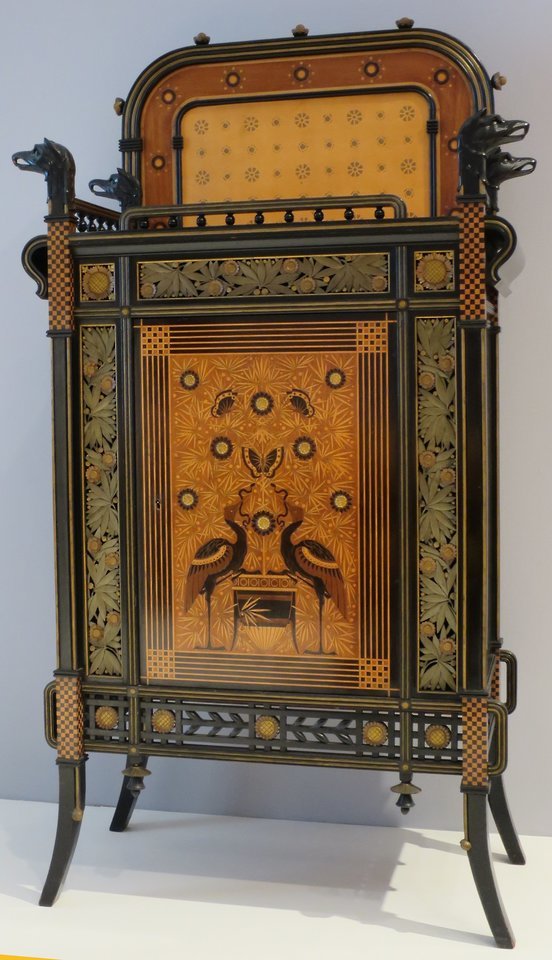
Cabinet
1875
Ebonized cherry, veneer inlays, and metallic foil decorative paper
Herter Brothers
The firm of Herter Brothers, New York, (working 1864–1906), founded by Gustave (1830–1898) and Christian Herter (1839–1883), begun as an upholstery warehouse, became one of the first firms of furniture makers and interior decorators in the United States after the Civil War. With their own design office and cabinet-making and upholstery workshops, Herter Brothers were prepared to accomplish every aspect of interior furnishing including decorative paneling and mantels, wall and ceiling decoration, patterned floors and carpets and draperies.
23 notes
·
View notes
Text
American Wing III
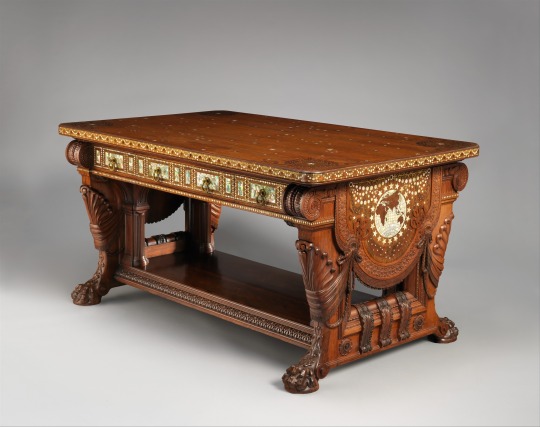
1882, Herter Brothers, Library Table for Vanderbilt family, from the Metropolitan Museum’s American Wing.
From the collection listing:
Herter Brothers, the New York firm of the German-born brothers Gustave and Christian Herter, was arguably the leading cabinetmaking and decorating firm in the United States during the late nineteenth century. Formed at a time when wealthy American financiers and industrialists were redefining luxurious standards of living, Herter Brothers created cosmopolitan environments encompassing every aspect of interior design, including furniture and woodwork, wall and ceiling decoration, floor treatments and draperies, for some of the most visible and affluent clients of the era. Between 1879 and 1882, Herter Brothers designed and decorated William Henry Vanderbilt's new Fifth Avenue mansion. This monumental table was the centerpiece of his library, and complemented the paneling of the room in its use of rosewood with lavish mother-of-pearl and brass inlay. Although called a library table, it was never intended for study per se; rather, it was a piece of sculpture and a monument to Vanderbilt himself. The table alludes to Vanderbilt's power and prestige: he was the son and heir of railroad baron "Commodore" Cornelius Vanderbilt (1794–1877) and, at the time, was considered the richest man in America. The table's overall shape, lion-paw feet, and stylized palmettes recall the marble furniture of the Roman empire; the wreaths enclosing a star in each corner of the table top echo Napoleonic heraldry; the globes on each end imply that Vanderbilt had the world within his grasp; and the table top presents a celestial field with the stars over the northern hemisphere on the day Vanderbilt was born, May 8, 1821.
Images courtesy of the Met.

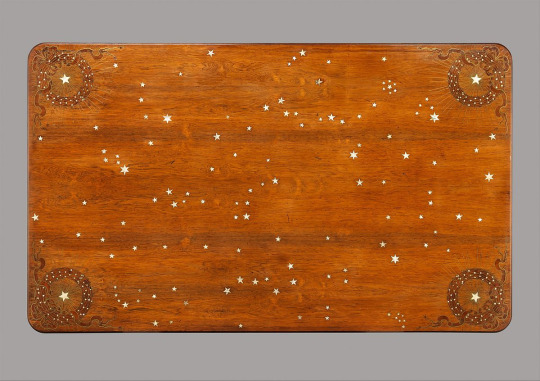
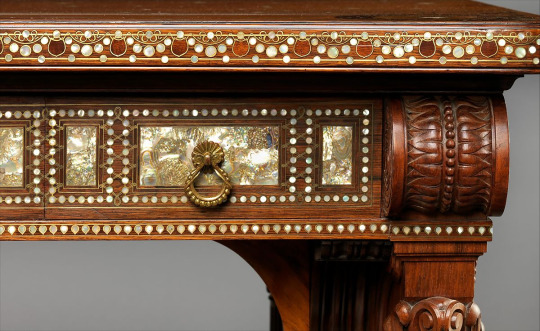
14 notes
·
View notes
Text

Pretty
210 notes
·
View notes

